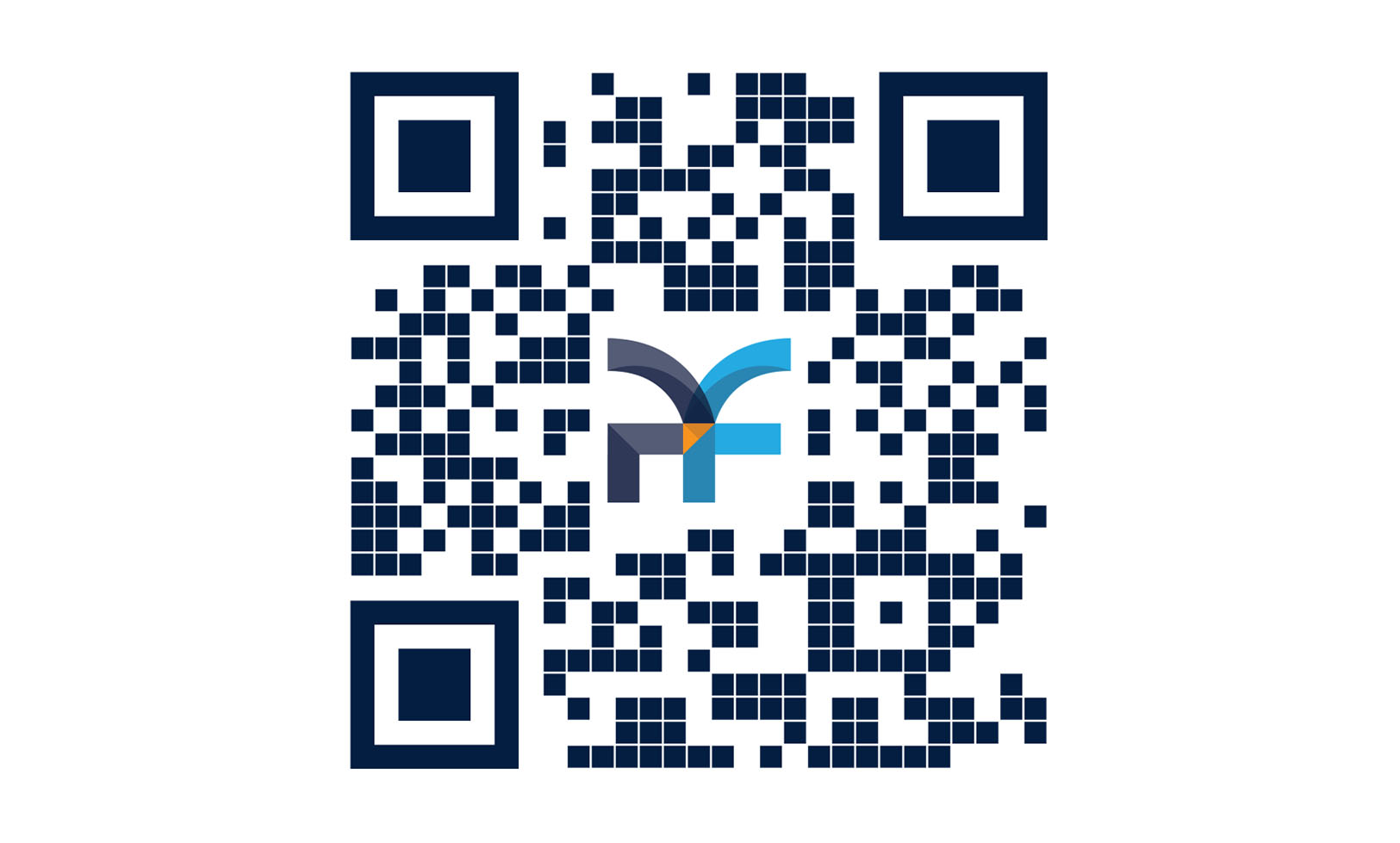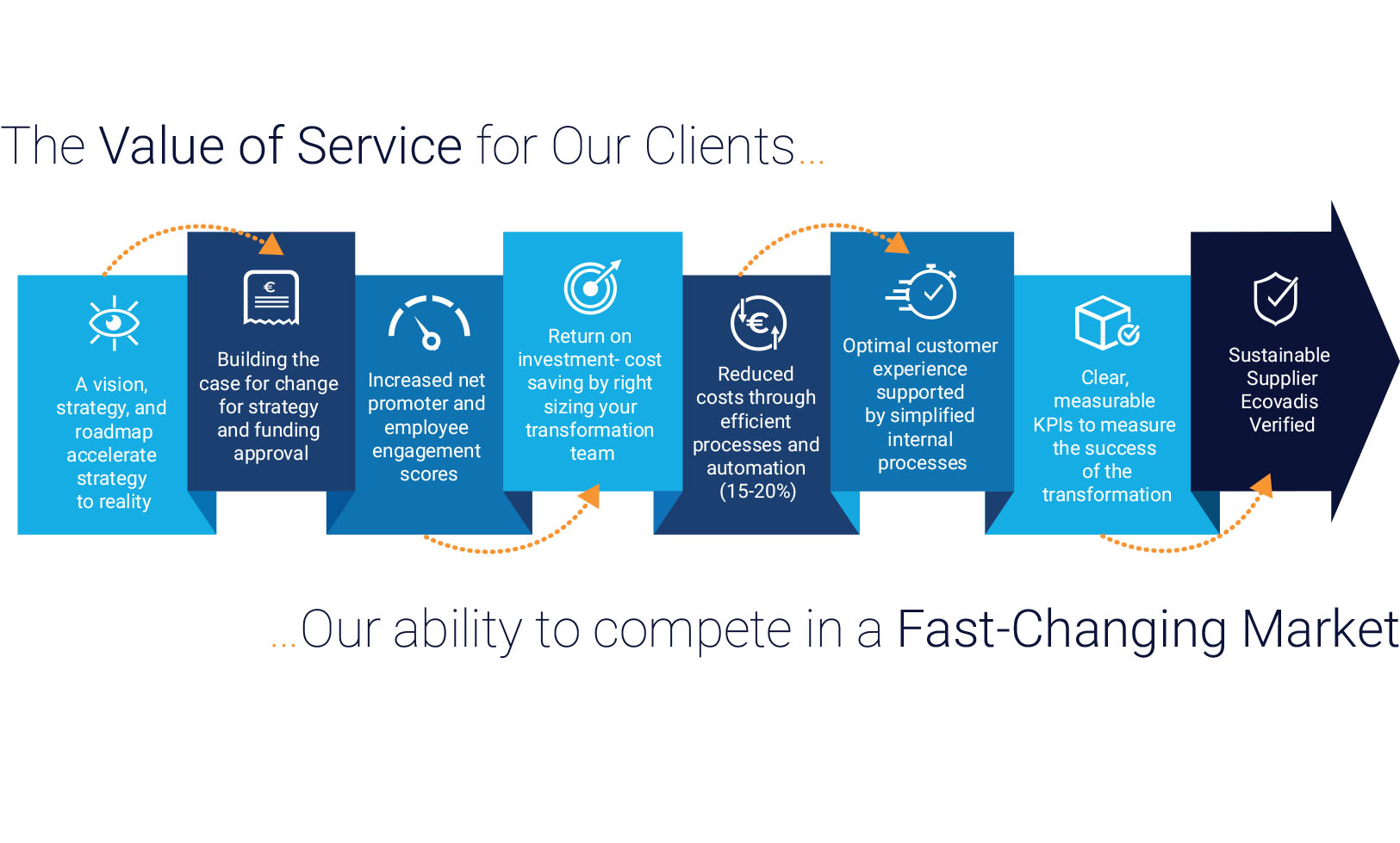Empowering public sector success with the Project Foundry

Leading in the public sector demands more than visionary ideas; it requires effective implementation strategies. Balancing business as usual with delivering transformational outcomes across multiple functions, technologies, and initiatives is no easy feat.
At the Project Foundry, we specialise in tailoring solutions to assist senior public sector leaders in achieving their objectives. Our Strategy to Execution transformation model offers an adaptable framework and a repository of best practice tools, tailored to meet you where you stand. We build the skills necessary for transformation, value creation, and successful execution.
As a smart alternative to traditional consulting giants, we specialise in driving transformations, fostering digital prowess, and enhancing execution capabilities. Committed to unlocking the fullest potential of organisations and their leaders, we expedite value realisation, prioritising our clients at the forefront of our endeavours.
Challenges
Did you know that 70 per cent of large-scale projects fall short of their goals due to missing crucial elements in the plan? Despite having sound strategies, 67 per cent of companies face setbacks due to flawed execution and a lack of clear vision. In addition, 70 per cent of technology investments fail to deliver expected returns.
Having worked with a diverse clientele spanning various sectors, including life sciences, financial services, technology, Telecommunications, and the public sector, the Project Foundry is uniquely positioned to drive meaningful change and deliver tangible results – ensuring your organisation has the support, skills, and capabilities to be in the 30 per cent of successful projects. Grounded in design thinking, our methodology optimises business outcomes, ensuring sustainable growth and enhanced capabilities for our clients.
Transformation partnering with clients throughout their journey, we specialise in organisational transformation and future business model development. Collaborating closely with clients, we redefine models for sustainable growth, enhance collaboration, digital and data capabilities, and transformational skills, elevating overall organisational effectiveness. Our change management solutions help deliver and embed operational efficiencies at a tactical or strategic level.
Digital and data transformation transcends technology; it is about your people, supporting changing mindsets, agility, and fostering innovation in organisations. Progressive companies are embracing agility to stay ahead of the curve in an era of rapid change, and that is where the Project Foundry comes in.
“At the Project Foundry, we are committed to turning strategic vision into reality. We pride ourselves on fostering a culture of continuous improvement.”
We understand that change can be challenging, which is why we are dedicated to facilitating seamless transitions. By aligning structures with objectives and fostering a culture of collaboration, we empower organisations to embrace change and emerge stronger than before.
Recognising the uniqueness of each organisation, we offer tailored solutions to address specific challenges. Whether it is budget constraints or resourcing challenges, we collaborate with clients to devise solutions that align with their circumstances. Transforming vision into reality is our specialty, and our structured approach, combined with a focus on accountability and clear outcome measurement ensures no detail is overlooked.
Digital enablement
Cutting-edge technology serves as the central point around which modern business revolves. The Project Foundry leverages advancements like AI, robotics, blockchain, and the metaverse to reshape the future of various industries. Understanding and leveraging these technologies are indispensable for businesses aspiring to lead in a digital-first world.
Cloud advisory
Our Cloud Transformation and Advisory Service provides everything needed to reach your goals. From Cloud Architecture to Cloud Transformation and adoption, we accelerate cloud automation, enhance efficiency, and reduce risk and cost.
Execution
Execution is paramount, and we ensure it is done right. Our meticulously designed plans, coupled with resource allocation, facilitate efficient and effective goal attainment.
In the dynamic business world, achieving effective execution excellence is crucial. Our execution team supports clients in delivering meaningful programmes, projects, and initiatives, driving long-term success.
Data
A data strategy is imperative to ensure that you ask the right questions across the business to utilise your data as an asset. In order to deliver the ‘how’ of unlocking your data using tools such as AI, this is your foundation that needs to be solid. This involves considering strategic alignment, how the use of data aligns with the business strategy and understanding peoples’ expectations of the data and associated services. It also involves determining who prioritises which data product and service is built first, who pays for the development of the data products, and how the budget is distributed.
PPM
Our services ensure effective utilisation of PPM technology through process streamlining, organisational change, and technology adoption, enabling sustainable outcomes.
Ongoing support
At the Project Foundry, we are committed to turning strategic vision into reality and delivering value to our clients. We pride ourselves on fostering a culture of continuous improvement. We understand that transformation is not a one-time event but an ongoing journey. With that in mind, we provide ongoing support and guidance to our clients, even after the initial implementation phase, ensuring the project is sustainable and successful.
Our commitment to long-term success means that we work collaboratively with our clients to adapt strategies, address emerging challenges, and seize new opportunities as they arise.
With our unwavering dedication, expertise, and personalised approach, we empower organisations to thrive in a dynamic, digital-first world.

Find out more about what we can do for your organisation:
E: Info@theprojectfoundry.com







